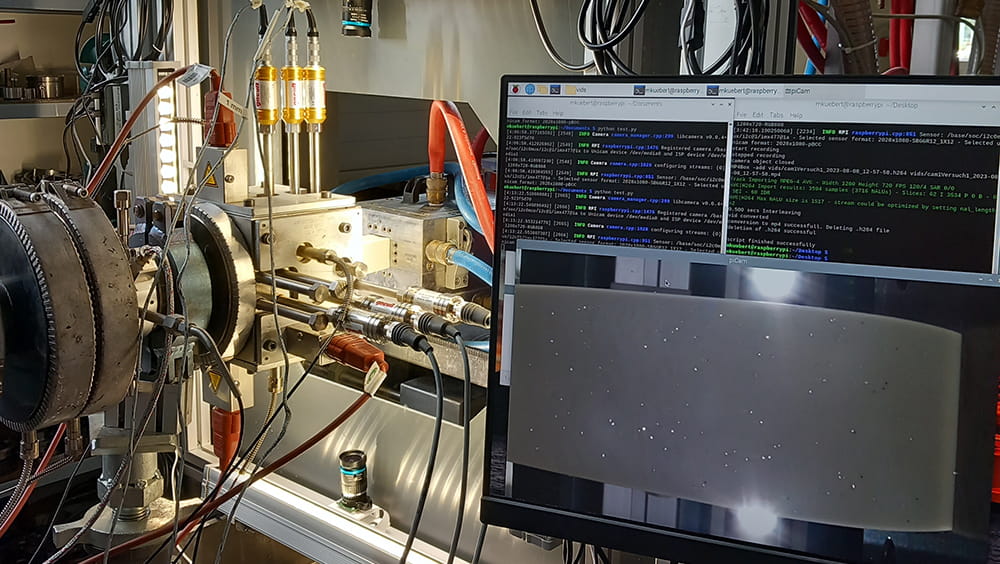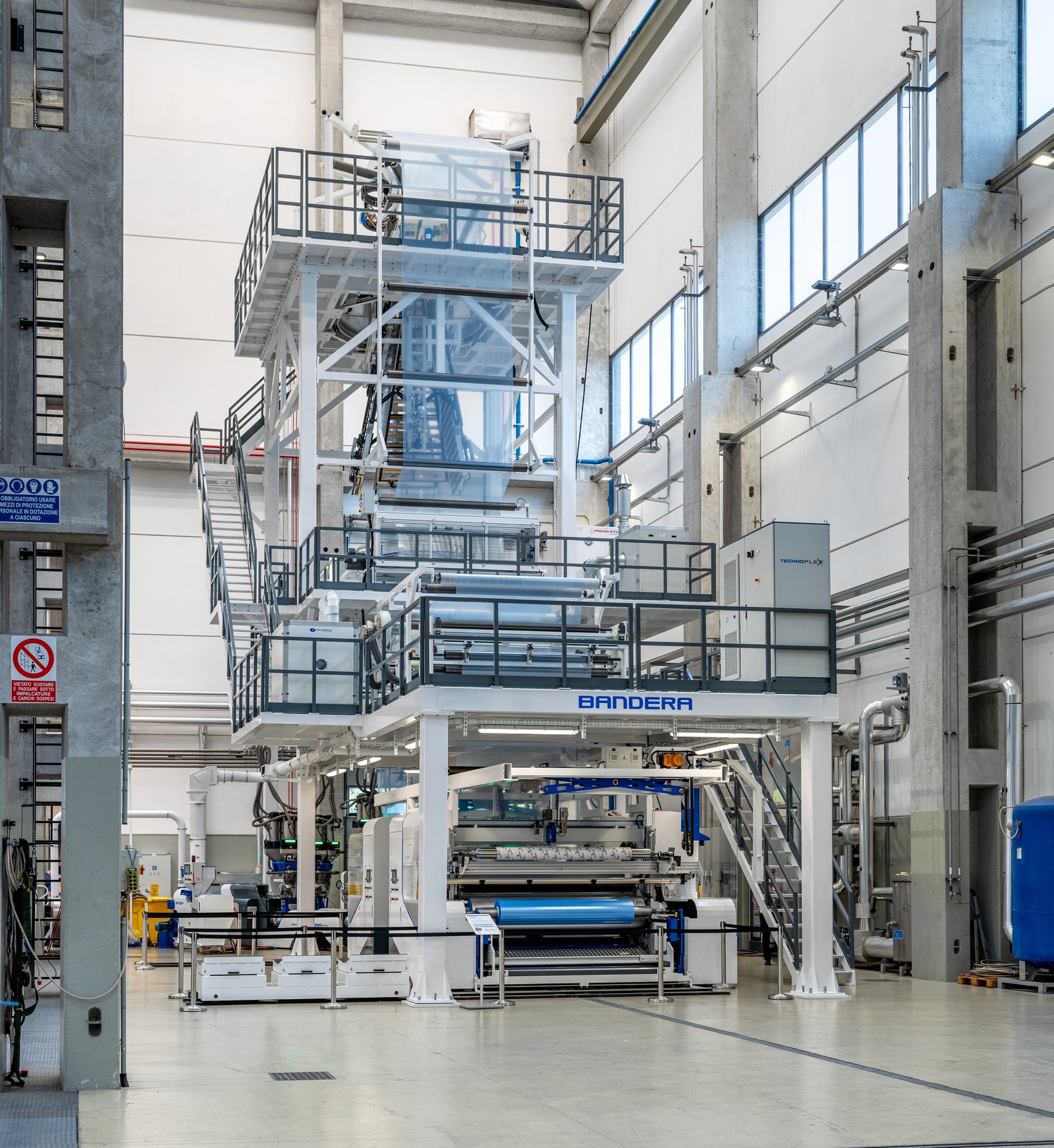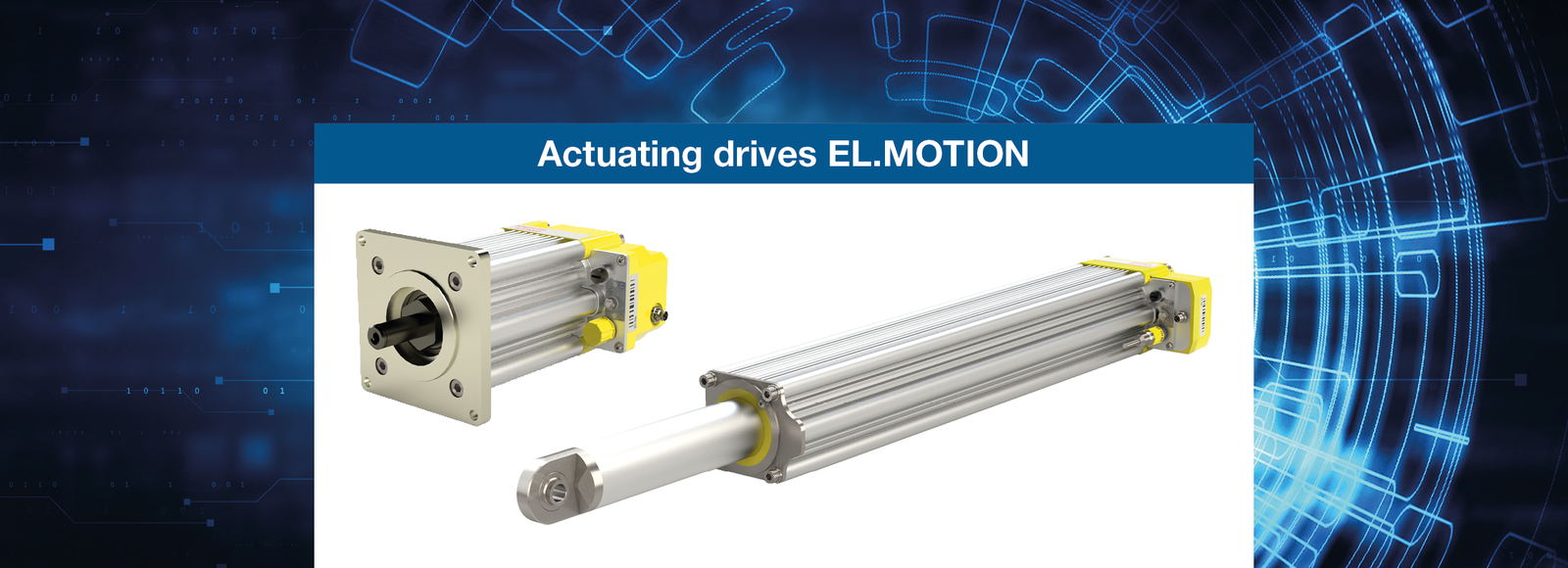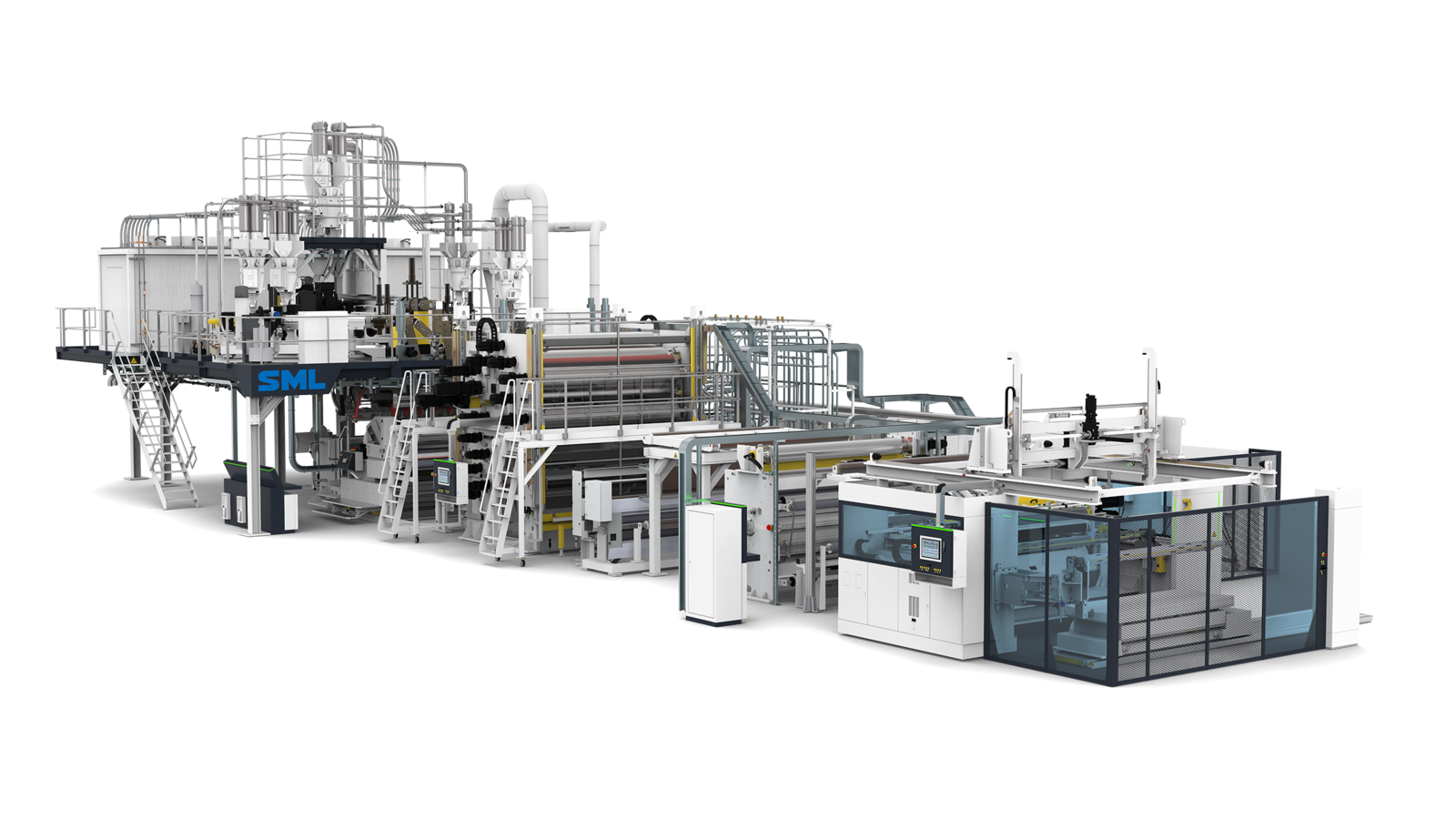The SKZ Plastics Center is expanding its portfolio of measurement systems that help companies monitor process and product quality inline. Using high-resolution cameras and precise signal processing, different flow velocities at the mold outlet are determined with spatial resolution. This data can be used to monitor and control geometric deviations directly in the process.
SKZ Offers New Inline Measurement System Cost-effective determination of spatially resolved velocity distributions in extrusion for prediction of geometric deviations
In the extrusion of profiles, for example, the uniform discharge of material from the die is an important criterion for stable production that leads to flawless products. In response to numerous requests from the industry, SKZ has now developed a measuring system that implements inline quality assurance in a process-compatible manner. First, a combination of high-resolution cameras with appropriate lighting records the surface of the extrudate. A sophisticated algorithm then determines the spatially resolved velocity distribution at the die exit. Finally, the data is processed to predict how the extrudate will change its geometric properties after the process due to warping or material buildup.
System works profitably
Matthias Kübert, a scientist on the development team at SKZ, explains: "The system sounds simple. But only by combining expertise from the fields of inline measurement technology and material processing was it possible to create a system that not only works profitably on paper, but also in reality".
Flexibly adjustable suspension
The system consists of a suspension system that can be flexibly adapted to the customer's counter-planarity on site, on which several cameras are mounted and which can be easily inserted into the extrusion line. Depending on the material being processed, the addition of contrast agents that do not affect the subsequent mechanical properties is conceivable and helpful. An algorithm then uses computer vision methods to determine the optical flow on the surface. The result is a heat map showing the relative velocity distributions on the surface. Resolutions of 0.2 mm/s can already be visualized in a user-friendly way.
SKZ looking for companies
In order to evaluate the new measuring system under industrial conditions, SKZ is looking for companies that would like to use this solution. The added value results in particular from significantly shorter tool development times and a reduction in the effort required for running-in processes. Based on the speed distribution, necessary reworking of the tool or uneven temperature distribution can be quickly identified and the process can be efficiently optimized.




